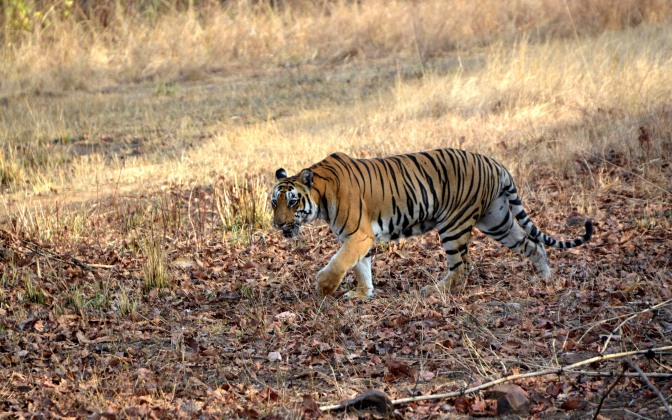Get some handy tips if it’s your first wildlife photography trip.
If you are a budding wildlife photographer, the one simple formula that you need to keep in mind is ‘Plan Your Shoot and Shoot Your Plan’. To maximize the upshot of your trip, the first step is to formulate a plan which includes decision regarding your destination and subject. The second step is to ask yourself a few questions.
- Why did I choose this location?
- Which animal do I want to shoot?
- What type of shots would I take?
- What is the best time to be at this place to get the desired shots?
- What type of equipment will be required?
- What would be the climatic conditions?
Let’s take the example of Ranthambore National Park as a location and tiger as the subject.

Intensive groundwork is a must
There is a common misconception in most beginners and amateur photographers that venturing in destinations far away from home is the only way to click eye-catching photographs. But with shrewd vision and thorough research, good animal photographs can be captured in a zoo as well. However, this does not imply that you should change your plan. It’s just that if you are scouting for wildlife, make a smart plan with the necessary precautions. When it comes to Ranthambore, it is relatively easy to spot tigers in their natural habitat.
Patience and determination is the key
Good wildlife photography requires thorough knowledge of the subject. Unless you are not aware of their behavior, it is quite difficult to get the perfect shot. Even the experienced film crews of National Geographic and Discovery spend months at a single location to get those compelling shots. With patience and time, a photographer would be able to click a few good tiger photographs in Ranthambore.
Invest in a good telephoto lens
This is a kind of thumb rule from the perspective of animal photography. Using a telephoto lens will allow you to safely isolate your subject (tigers) with framing. Also getting too close to tigers is difficult and unsafe. Therefore, a long lens (80-400mm) will help you accomplish your job properly.
Lowdown on light
Always keep in mind that lighting is an essential component of photography as it does the job of painting in a particular frame. When shooting outdoors, the best opportunity of light comes in the early and late hours of the day. Rest depends upon how you adjust your aperture and shutter speed according to the situation.
Bring in the background
Backgrounds plays a very vital role in composition. It helps in communicating more about the actions and behavior of your subject. Create depth of field in your image to provide a context to your subject with sufficient detail. For example, a photo of the tiger freely moving along its muddy path will be just as impactful as a close-up of his face.

So go on, pick up that camera and start shooting. Click!